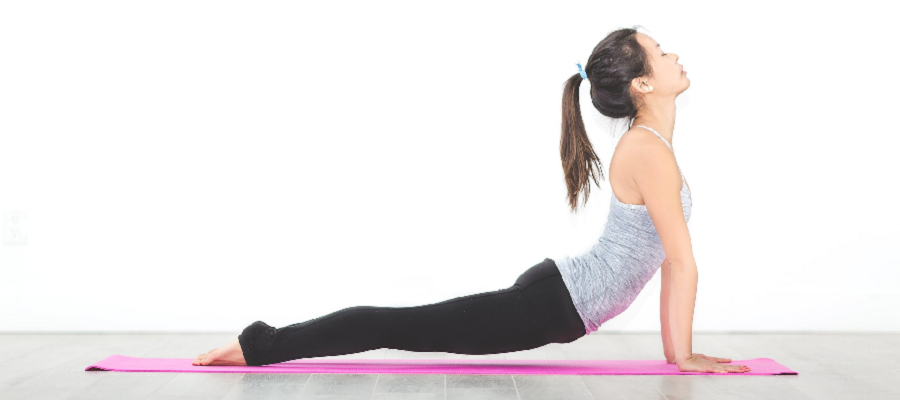
Flexibility is the ability to extend or stretch without breaking. Improving your flexibility is important for preventing injury. It can also improve performance. Loss of flexibility can lead to permanent changes in posture and normal muscle function. There are countless benefits for all aspects of life in maintaining and improving the body’s flexibility.
One of the best ways to increase flexibility is to stretch. Virtually every activity we do relies on ease of motion. Stretching works to decrease resistance in muscle tissue and less resistance in those muscles mean that less energy is required to move through a greater range of motion.
Try these tips for better stretching:
Warm Up. Always warm your muscles before you begin stretching. Like taffy, muscles stretch more easily when warm. Warming up, and thereby raising your core body temperature, causes an increased circulation of blood to the muscles and helps reduce stiffness, increases elasticity and lowers the risk of injury. To warm up, aim for at least 5 minutes of aerobic activity to get your blood pumping. Try jumping jacks or jogging in place.
Feel No Pain. Forget the old adage “No Pain, No Gain.” Perform your stretches only to the point of mild tension. If you feel pain when you stretch, you’ve gone too far. And avoid bouncing, as that can overstretch the muscle and cause injury.
Breathe. Don’t hold your breath while you’re holding a stretch; it prevents oxygen from reaching your muscles. If you keep your breathing easy and relaxed, you will reduce overall muscular tension and this will allow you to get the most out of your stretching routine.
Stretch Often. The more stretching you do, the better results you will see. Try to commit to at least 15 minutes of stretching, three times a week. Of course, if you can find the time to do more than that, you will see even greater benefits!

